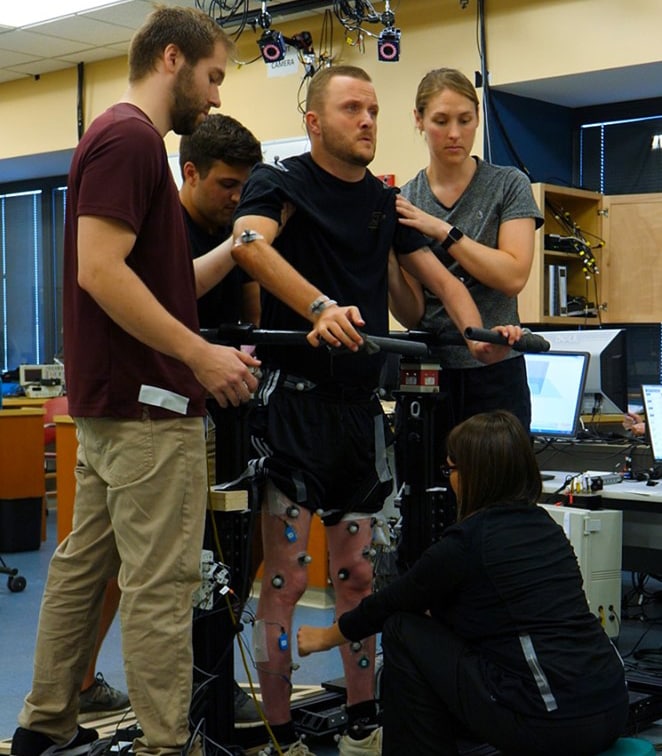 Besieged by medical problems and a declining quality of life, Keith Smith couldn’t picture a positive future for himself for years after sustaining a C4 spinal cord injury in a 2009 motorcycle accident. A fortuitous phone call and an epidural stimulator changed everything.
Besieged by medical problems and a declining quality of life, Keith Smith couldn’t picture a positive future for himself for years after sustaining a C4 spinal cord injury in a 2009 motorcycle accident. A fortuitous phone call and an epidural stimulator changed everything.
The Big Idea
When Keith Smith started applying to every SCI medical trial he could find in 2013, it wasn’t about trying to walk again; it was about trying to live again.
Sure, that sounds cliché, but at the time, he thought anything would be better than the hell he’d been living since his injury in 2009. Unable to regulate his blood pressure, his heart frequently went into atrial fibrillation; being rushed to the hospital became an almost daily occurrence. He was constantly sick and battling infections that couldn’t be controlled without heavy doses of hospital-grade antibiotics.
Aside from his personal care, all he focused on was getting into clinical trials. But after years of trying, he gave up. “I thought I was done. I wasn’t getting into anything, and I wasn’t getting better,” he says. “It was weird, but the moment I gave up and stopped trying to get into trials, I got a call from The University of Louisville.”
That call was from Dr. Susan Harkema, rehabilitation research director at the University of Louisville’s Kentucky Spinal Cord Injury Center and leader of The Christopher and Dana Reeve Foundation’s epidural stimulation research initiative, The Big Idea. “They wanted me to come in for a screening,” says Smith. “I was blown away. Even though I’d never been on a plane before, I thought this could be my last shot to get in a trial.”
An epidural stimulator is a device implanted on the spine that sends electrical signals at various frequencies to reinvigorate the spinal cord. Harkema’s study has received international media attention, including in NEW MOBILITY, and has researchers rethinking many things they once held true.
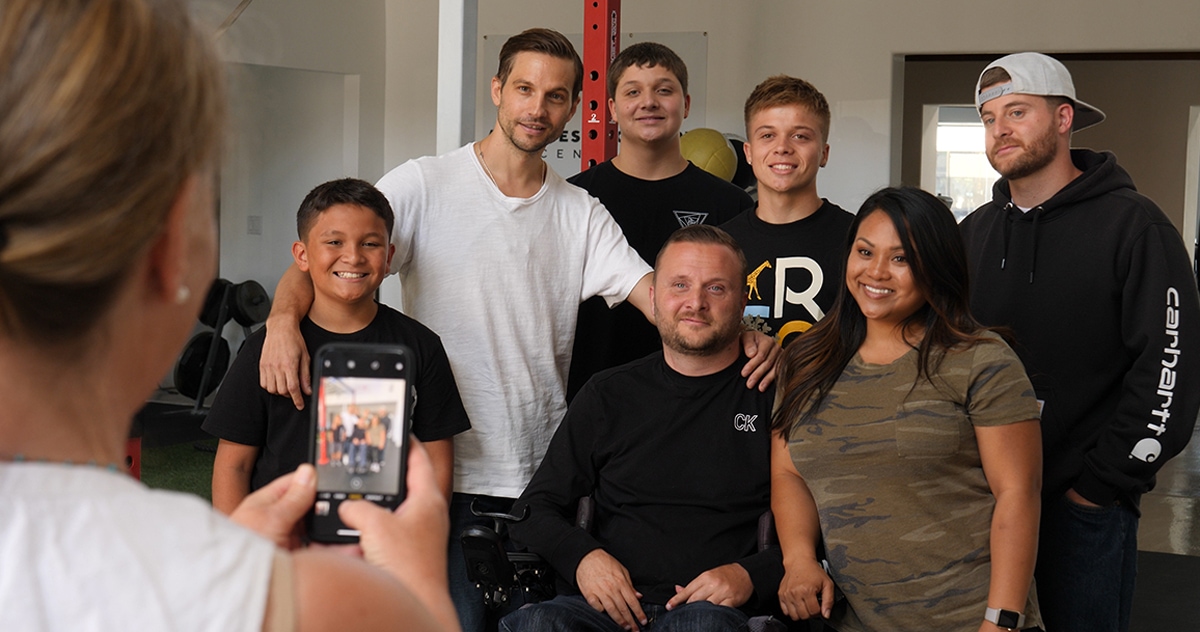 Smith poses for documentary filmmakers with his girlfriend, Jazel, and sons Ethan, 12, Jacob, 15, and Joshua,17. Also pictured are Logan Marshall Green, left, and Smith’s brother Issac, right.
Smith poses for documentary filmmakers with his girlfriend, Jazel, and sons Ethan, 12, Jacob, 15, and Joshua,17. Also pictured are Logan Marshall Green, left, and Smith’s brother Issac, right.
“I’m not walking around, but just having the stimulator turned on, my body feels warm. It’s humming and I can smell, taste food and smile again,” he says. “My heart beats normally now. Of course, I’m still paralyzed, and I hope I will keep progressively getting better, but even if I stayed exactly how I am right now, I would take it.”
Smith uses his stimulator from the time he wakes up to when he goes to bed. He uses a special configuration to help him regulate his blood pressure, activate voluntary movement of his core and ankles and even to help with his spasticity. He says the stimulator has improved his bowel and sexual function.
Being a part of epidural stimulation research has changed Smith’s life so dramatically that he now evangelizes the procedure to anyone who will listen. He is starring in the soon-to-be released documentary Rise Up, which chronicles his journey through the clinical trials at the University of Louisville.
Thanks to the stimulator, Smith is finally able to truly live life as wheelchair user. He recently founded the Central Coast of California chapter of United Spinal Association. He hopes to open up an activity-based rehabilitation center for wheelchair users who can’t afford traditional rehabilitation in the state.
“Now that I’ve gotten to go through this trial, I’ve learned quite a bit about recovery and SCI and intend on having one of the most kick-ass rehab centers out here — that’s my goal.”
Parenting with Paralysis
Keith Smith’s kids were 6, 4 and 8-months-old when he was injured. Now at 17, 15 and 12, Smith talks about how they have grown and how he has grown as a parent.
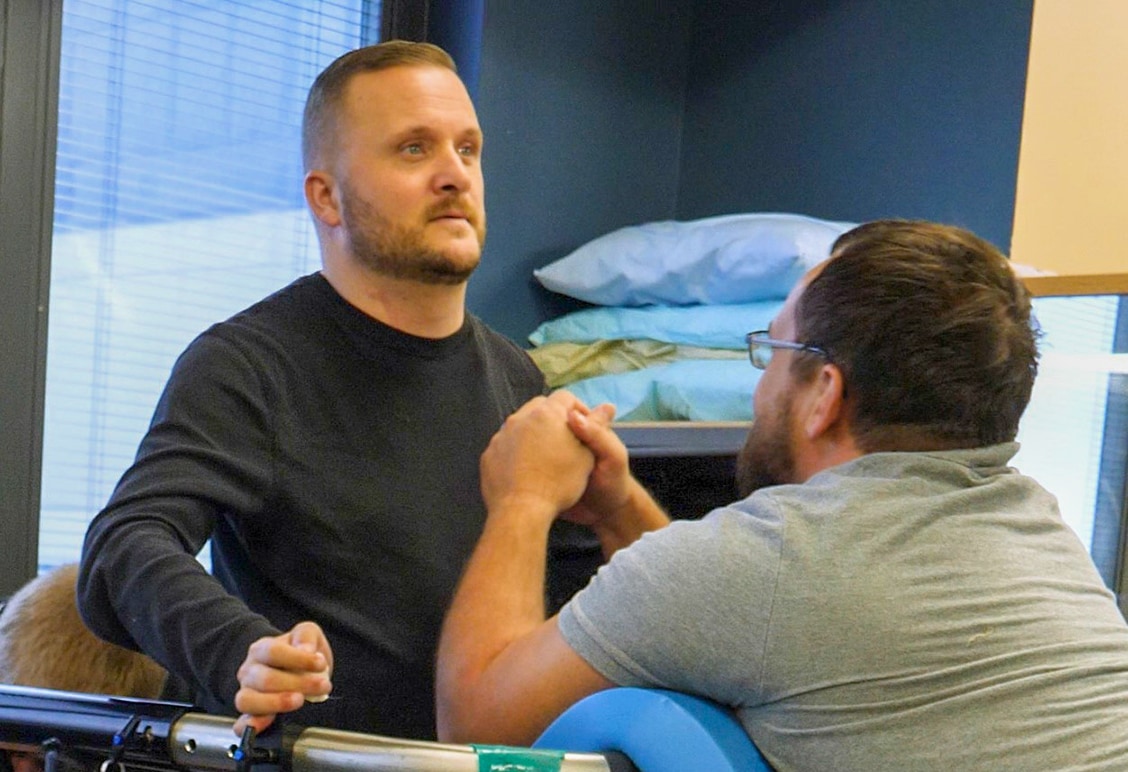 “It’s definitely challenging being a parent in a wheelchair. It’s possible and it’s doable, but it’s more difficult because you have all these struggles. You have things you have to deal with that your kids don’t quite understand, like catheter changes, infections and blood pressure issues. My kids kind of get it now, but it took years of bad experiences for them to realize, ‘Oh man, my dad’s in a pretty jacked up spot.’
“It’s definitely challenging being a parent in a wheelchair. It’s possible and it’s doable, but it’s more difficult because you have all these struggles. You have things you have to deal with that your kids don’t quite understand, like catheter changes, infections and blood pressure issues. My kids kind of get it now, but it took years of bad experiences for them to realize, ‘Oh man, my dad’s in a pretty jacked up spot.’
I know my situation has cost them a lot, but what they’ve gained is I’m around all the time. Before my injury, I was working two full-time jobs just to get by. Now, I’m around to guide them. I teach them how to cook, grow plants and barbecue. They’re kind of little adults now because they have to be more mature and independent since I’m not there to do everything. If the house catches on fire, they better grab that fire hose. “
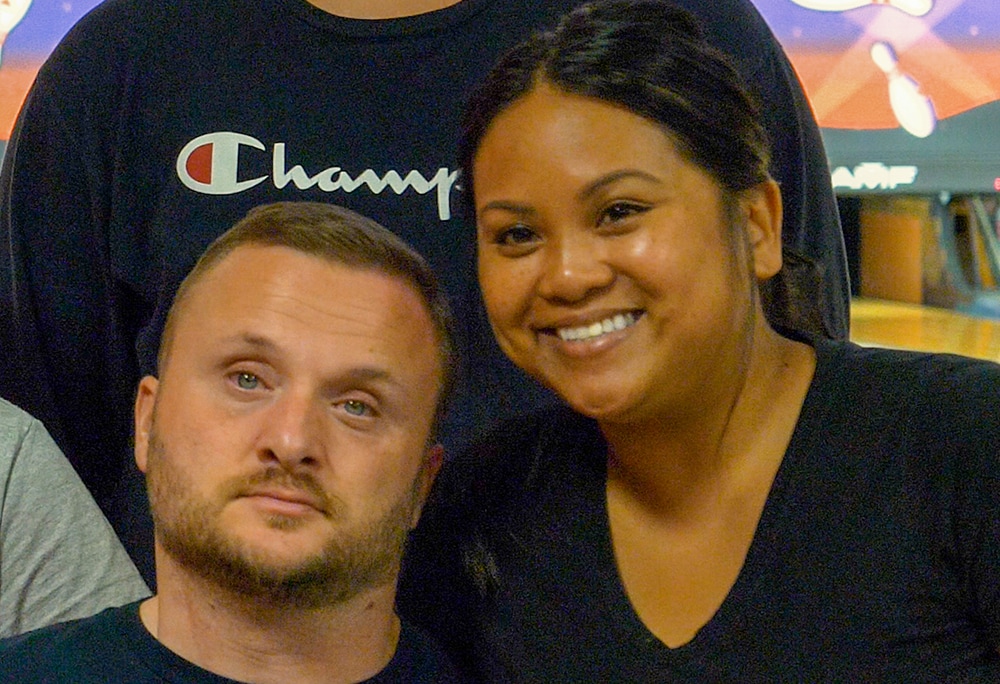 Best Date Night Suggestion:
Best Date Night Suggestion:
My girl and I get into my van and kick back at the drive-in or grab fish and chips at the beach.
Most Accessible Place I’ve Been:
Port San Luis in Avila Beach, California. There’s a pier I can drive my car on and my kids can drop their fishing poles right off the edge.
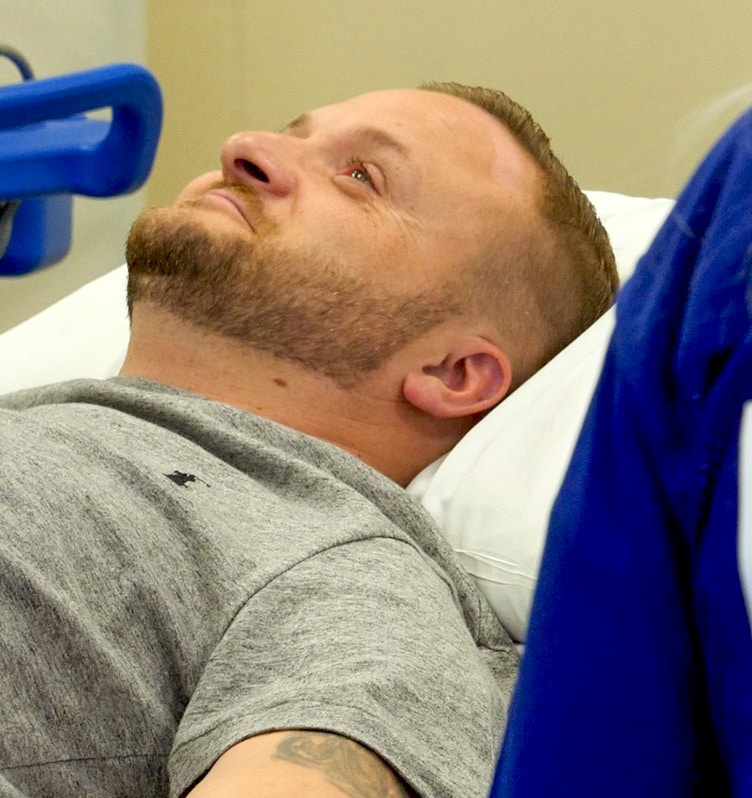 What I’d Tell Myself Immediately Post-Injury:
What I’d Tell Myself Immediately Post-Injury:
Look out for latex allergies.
Why I Joined United Spinal:
I reached out to share what was going on with the trial because I wanted everyone in the paralysis community to know that there’s hope.
** This post was originally published on https://www.newmobility.com/2020/07/epidural-stimulation-advocate-keith-smith/

